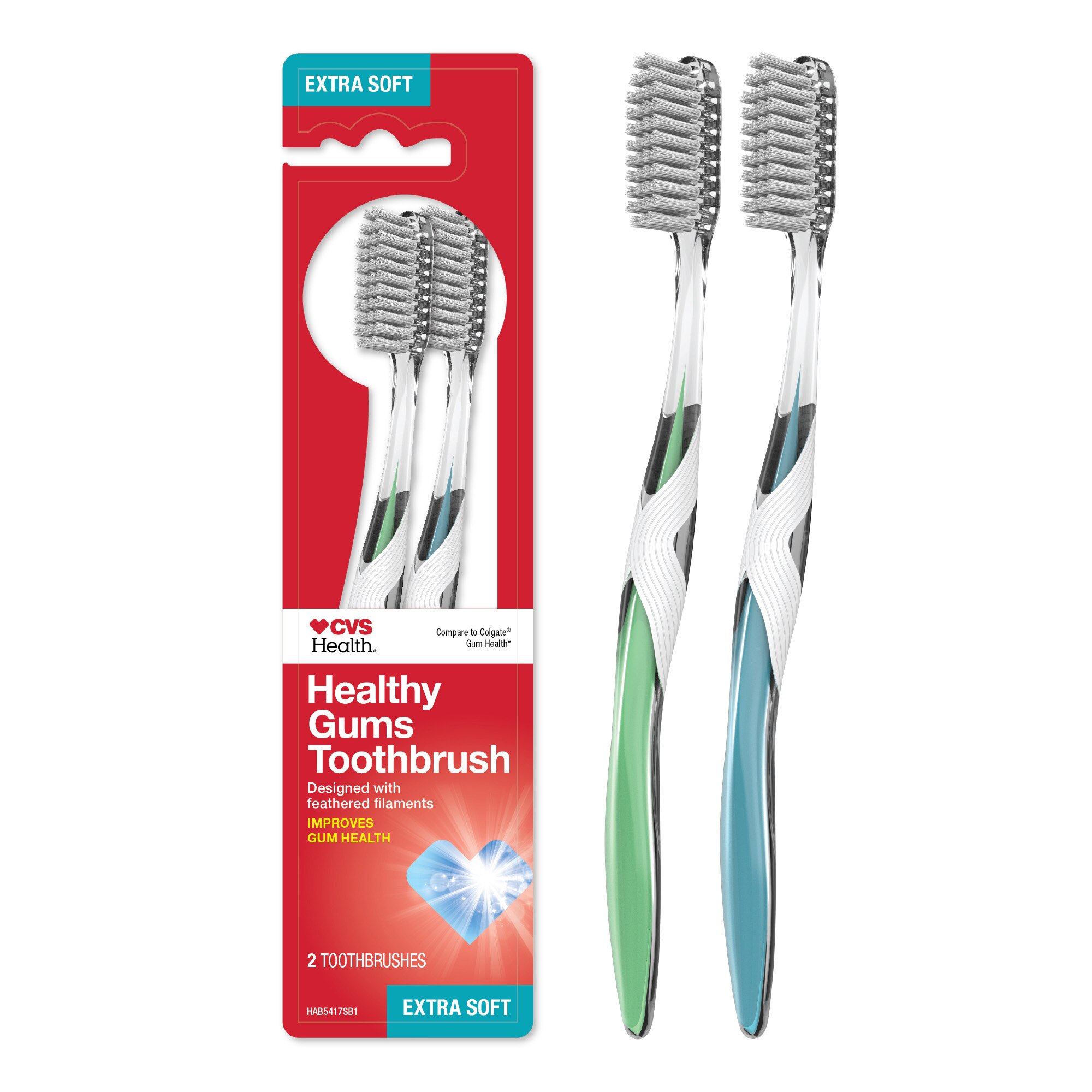Tooth Pain Explained: Cold Symptoms And Remedies
Tooth pain can be a debilitating and frustrating experience, affecting daily life and overall well-being. One common cause of tooth pain is sensitivity to cold temperatures, which can be triggered by various factors, including tooth decay, gum recession, or cracked teeth. In this article, we will delve into the world of cold symptoms and remedies for tooth pain, exploring the underlying causes, diagnostic approaches, and treatment options available.
Understanding Tooth Sensitivity to Cold
Tooth sensitivity to cold is a common condition characterized by a sharp, sudden pain or discomfort in response to cold temperatures. This sensitivity can be caused by various factors, including:
- Tooth Decay: Bacterial acids can dissolve the enamel, exposing the dentin and causing sensitivity to cold.
- Gum Recession: Gum recession can expose the roots of the teeth, making them more sensitive to cold temperatures.
- Cracked Teeth: Cracks or fractures in the teeth can allow cold air to penetrate the tooth, causing pain and sensitivity.
- Tooth Grinding or Clenching: Grinding or clenching the teeth can cause micro-cracks, leading to sensitivity to cold.
Diagnosing Tooth Sensitivity to Cold
Diagnosing tooth sensitivity to cold requires a comprehensive examination by a dental professional. The dentist will typically perform the following steps:
- Visual Examination: The dentist will visually examine the teeth and gums to identify any signs of decay, cracks, or gum recession.
- Radiographic Examination: X-rays may be taken to detect any underlying decay or other conditions that may be contributing to the sensitivity.
- Sensitivity Testing: The dentist may use a cold stimulus, such as cold air or water, to test the sensitivity of the teeth.
- Medical History: The dentist will review the patient’s medical history to identify any underlying conditions that may be contributing to the sensitivity.
Remedies for Tooth Sensitivity to Cold
Fortunately, there are several remedies available to alleviate tooth sensitivity to cold. These include:
- Desensitizing Toothpaste: Using a desensitizing toothpaste can help block the dentin tubules and reduce sensitivity.
- Fluoride Varnish: Applying a fluoride varnish can help strengthen the enamel and reduce sensitivity.
- Dental Bonding: In some cases, dental bonding may be necessary to repair cracks or chips in the teeth.
- Gum Grafting: Gum grafting may be necessary to cover exposed roots and reduce sensitivity.
- Root Canal Therapy: In severe cases, root canal therapy may be necessary to remove the infected pulp and alleviate sensitivity.
Home Remedies for Tooth Sensitivity to Cold
In addition to professional treatment, there are several home remedies that can help alleviate tooth sensitivity to cold. These include:
- Salt Water Rinse: Rinsing with warm salt water can help reduce inflammation and alleviate sensitivity.
- Hydrogen Peroxide: Using hydrogen peroxide as a mouthwash can help kill bacteria and reduce sensitivity.
- Clove Oil: Applying clove oil to the affected tooth can help reduce pain and sensitivity.
- Avoiding Cold Foods and Drinks: Avoiding cold foods and drinks can help reduce sensitivity and prevent further irritation.
Preventing Tooth Sensitivity to Cold
Preventing tooth sensitivity to cold requires good oral hygiene practices and regular dental check-ups. Some tips for preventing tooth sensitivity to cold include:
- Brushing and Flossing Regularly: Brushing and flossing regularly can help remove plaque and bacteria that can contribute to tooth decay and sensitivity.
- Using a Soft-Bristled Toothbrush: Using a soft-bristled toothbrush can help reduce gum recession and prevent sensitivity.
- Avoiding Acidic Foods and Drinks: Avoiding acidic foods and drinks can help reduce enamel erosion and prevent sensitivity.
- Wearing a Mouthguard: Wearing a mouthguard can help protect the teeth from grinding and clenching, which can contribute to sensitivity.
What are the most common causes of tooth sensitivity to cold?
+The most common causes of tooth sensitivity to cold include tooth decay, gum recession, cracked teeth, and tooth grinding or clenching.
How can I prevent tooth sensitivity to cold?
+Preventing tooth sensitivity to cold requires good oral hygiene practices, regular dental check-ups, and avoiding acidic foods and drinks. Additionally, using a soft-bristled toothbrush and wearing a mouthguard can help reduce gum recession and prevent sensitivity.
What are some home remedies for tooth sensitivity to cold?
+Some home remedies for tooth sensitivity to cold include rinsing with warm salt water, using hydrogen peroxide as a mouthwash, and applying clove oil to the affected tooth.
In conclusion, tooth sensitivity to cold is a common condition that can be caused by various factors, including tooth decay, gum recession, and cracked teeth. Diagnosing and treating tooth sensitivity to cold requires a comprehensive approach, including visual examination, radiographic examination, and sensitivity testing. Fortunately, there are several remedies available to alleviate tooth sensitivity to cold, including desensitizing toothpaste, fluoride varnish, and dental bonding. By practicing good oral hygiene and taking preventative measures, individuals can reduce their risk of developing tooth sensitivity to cold and maintain a healthy, pain-free smile.

